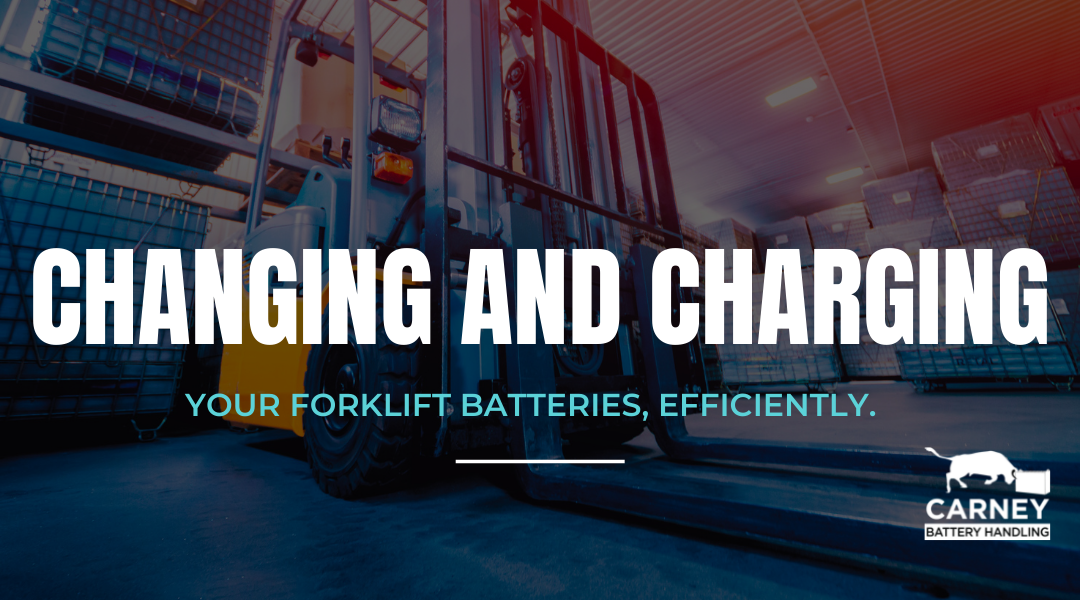Trending for decades, changing and charging has been a hot topic in the electric forklift market for years. New battery technologies continue to emerge, challenging the industry, like lithium-ion and TPPL (Thin Plate Pure Lead) technology dominating sales conversations from battery manufacturers, truck manufacturers, and customers who manage large fleets.
Every type of fleet management has advantages and disadvantages for operations and maintenance. Electric forklifts contribute to the growth of class 1-2-3 trucks every year and are preferred over their internal combustion counterparts. Their energy efficiency allows them to carry heavier loads over more extended periods, thus decreasing downtime and increasing the truck’s performance and productivity for product throughput.
The question is, which system is best for you? Follow these basic guidelines to ensure that your facility can meet your peak demand. If you are still unsure, consult with a battery and truck specialist.
1. Conduct A Power Study
Have a motive power specialist conduct a power study of your fleet, including truck type, duty, and function in your facility.
2. Monitor Your Demand
Monitor the time of year you are doing the survey. Is this your building’s peak demand? If not, consider what percentage of throughput you have during your test and increase your power consumption by the same rate as what you might expect. If your building typically ships 100,000 cases and you are only sending 70,000 cases during your power test, then add a (30%) thirty percent buffer to your possible peak load demand
3. Research Power Solutions
Once you’ve determined the power needed for each truck, per shift, and which hours of the day are peak “working” hours, it’s time to look at power solutions like opportunity charging: fast charging, and battery-changing options for certain lift vehicles.
4. Check Your Charging Compatibility
Has your building checked for Fast charging compatibility? Fast charging presents its own unique set of challenges due to the high output required of the battery chargers. In some cases, the amp drawn by these chargers can be double or triple of conventional charging. Typically, most warehouses have a limited power source, limiting the customers ability to support these chargers. An average spec building for distribution will allocate 1,500 KVA per 1,000,000 square feet, and expanding beyond these parameters can be very expensive.
5. Recharge Time
Another significant issue for parking and charging is the time it takes to recharge. On paper, it usually looks like you have time to recharge during breaks, lunches, and after-shift downtime, but the reality is most companies struggle to get batteries charged when they should.
The battery-changing market continues to evolve, and the mega battery systems of yesteryear have morphed into many different varieties of what we call hybrid systems. This term means a combination of opportunity charging and changing batteries based on peak demand for specific trucks.
Let us help, whether you decide to change it or charge it, we can design, install and manufacture a solution for your operation. Ask your motive power specialist to call us for a free evaluation. Or visit our product page for more information.

